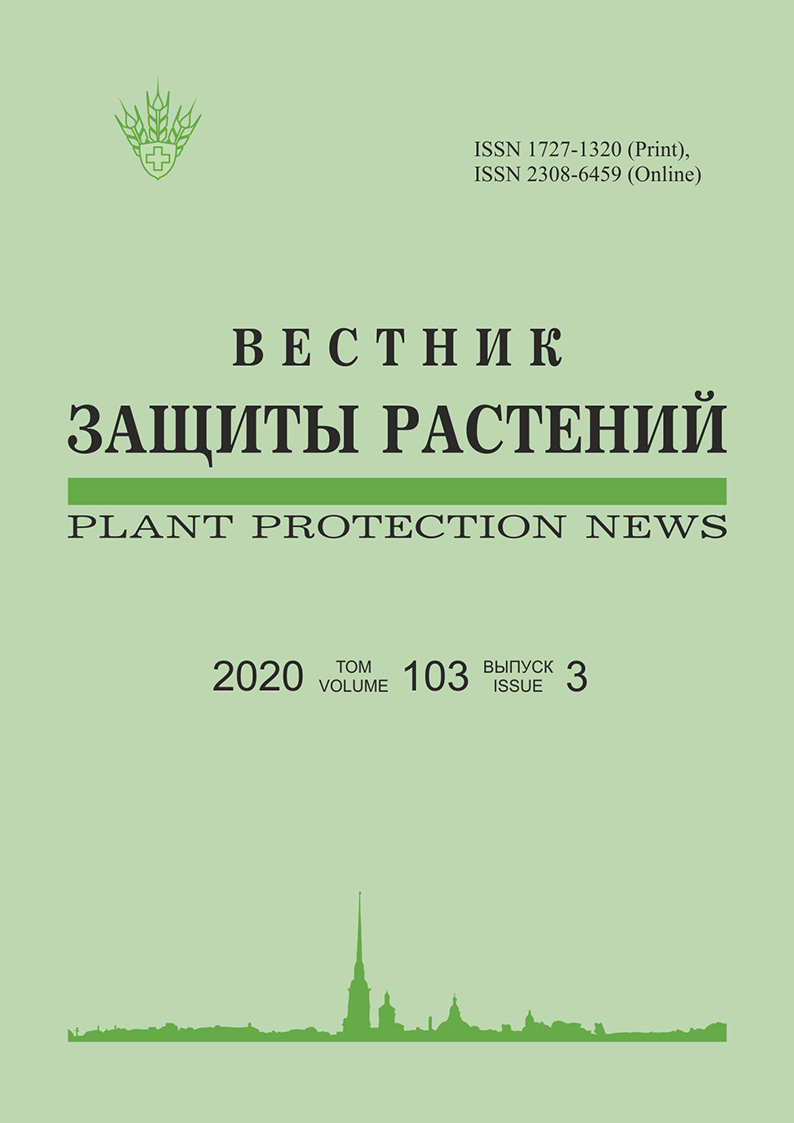Resistance to late blight within the populations of three potato hybrids derived from crosses of resistant breeding clone with susceptible Solanum tuberosum cultivars
Keywords:
late blight, resistance source, hybridization, hybrid progeny, assessmentAbstract
Susceptibility of potato cultivars still is one the main problem of potato industry. As an efficient way to solve this problem is being the interspecific hybridization, included in breeding programs realized worldwide. However, the use of wild potato germplasm in accompanying with negative traits such as long stolons, small tuber size, high content of glycoalkaloids etc. To solve this problems the search for new sources of resistance among plants of cultivated type, including resistant breeding clones with improved agronomic characteristics. We studied resistance of three hybrid populations derived from crosses of resistant original clone SW93-1015 × adg with susceptible cultivars observed in the field trials: ‘Аurora’, ‘Desirée’ and ‘Valor’. Resistance was assessed in detached leaflet assay using inocilum concentration 30000 zoospor/µl (P. infestans isolate 88069). High predominance of the resistant plants was found within the populations of hybrids (SW93-1015 × adg) × Аврора и (SW93-1015 × adg) × ‘Desirée’. The number of resistant and susceptible plants within the population of hybrid Valor’× (SW93-1015 × adg) was almost equal. Results show the efficiency of clone SW93-1015 × adg as the late blight resistance source. Within each of segregating population, the selection of resistant clones was available. Clone SW93-1015 × adg can be used in breeding programs in crosses with susceptible cultivars characterized by another useful characteristics.



